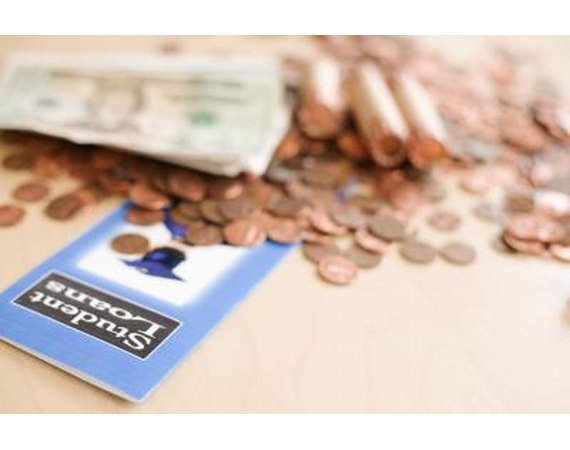
Student loans are considered to be in default if you have not made payments in 270 days if you make monthly payments or 330 days if you are on a payment schedule that includes less-frequent payments. In either case, default is a serious situation that will affect your credit score and demands immediate attention.
Instructions
- 1
If you've received a notice that your loan is in default, contact the agency or lender that sent the notice. Explain why you haven't been making payments. Ask what repayment options are available.
2You have several options for getting your loan out of default. The first is to pay off your loan in full. But, of course, if you're in default it's unlikely you have the resources to do so. You can discuss a repayment plan with your lender.
3Many lenders will consider one of several potential repayment plans, according to the Federal Student Aid ombudsman. These include making fixed monthly payments; graduated monthly payments that start low and gradually increase; extended repayment, which reduces the monthly payment but increases the term of the loan; income-sensitive payments that are calculated based on a percentage of your monthly income.
4Other options include rehabilitating your loan or consolidating your defaulted loan. Rehabilitating your loan involves setting a new, 10-month payment plan. Consolidating your loan involves creating a new loan that pays outstanding balances on more than one loan and sets a new single loan with a fixed interest rate and new terms.
5Talk to your lender to see if you qualify for payment relief. Payment relief takes several forms. Deferment temporarily suspends loan payments in certain situations, such as unemployment. Forbearance is a temporary reduction or postponement of payments when you experience financial difficulty.






0 comments:
Post a Comment